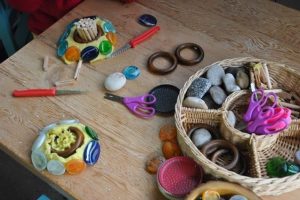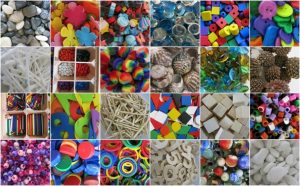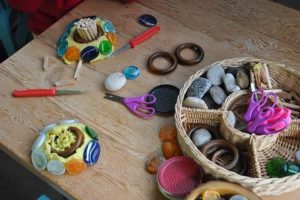Reflections on Play: Loose Parts
03.11.2019


Loose parts are a wonderful way to engage our children’s learning and encourage creativity and problem solving. But what are they exactly…?

Loose parts are materials that can be moved, carried, combined, redesigned, lined up, and taken apart and put back together in multiple ways. They are materials with no specific set of directions that can be used alone or combined with other materials and can be natural or synthetic.
A little bit of history…
Simon Nicholson was an architect who developed the theory of loose parts in the 1970s. He used the term “loose parts” to describe all those open-ended materials which he believed facilitate and empower creativity and exploration. He believed that these materials do so much more so than fixed learning environments with toys and resources that have limited uses.

There are many reasons why play spaces should include a multitude of loose parts: they can be used any way children choose and adapted and manipulated in many ways.They also encourage creativity and imagination and develop more skill and competence than most modern plastic toys. Loose parts can be used in many different ways, in combination with other materials to support imagination.
